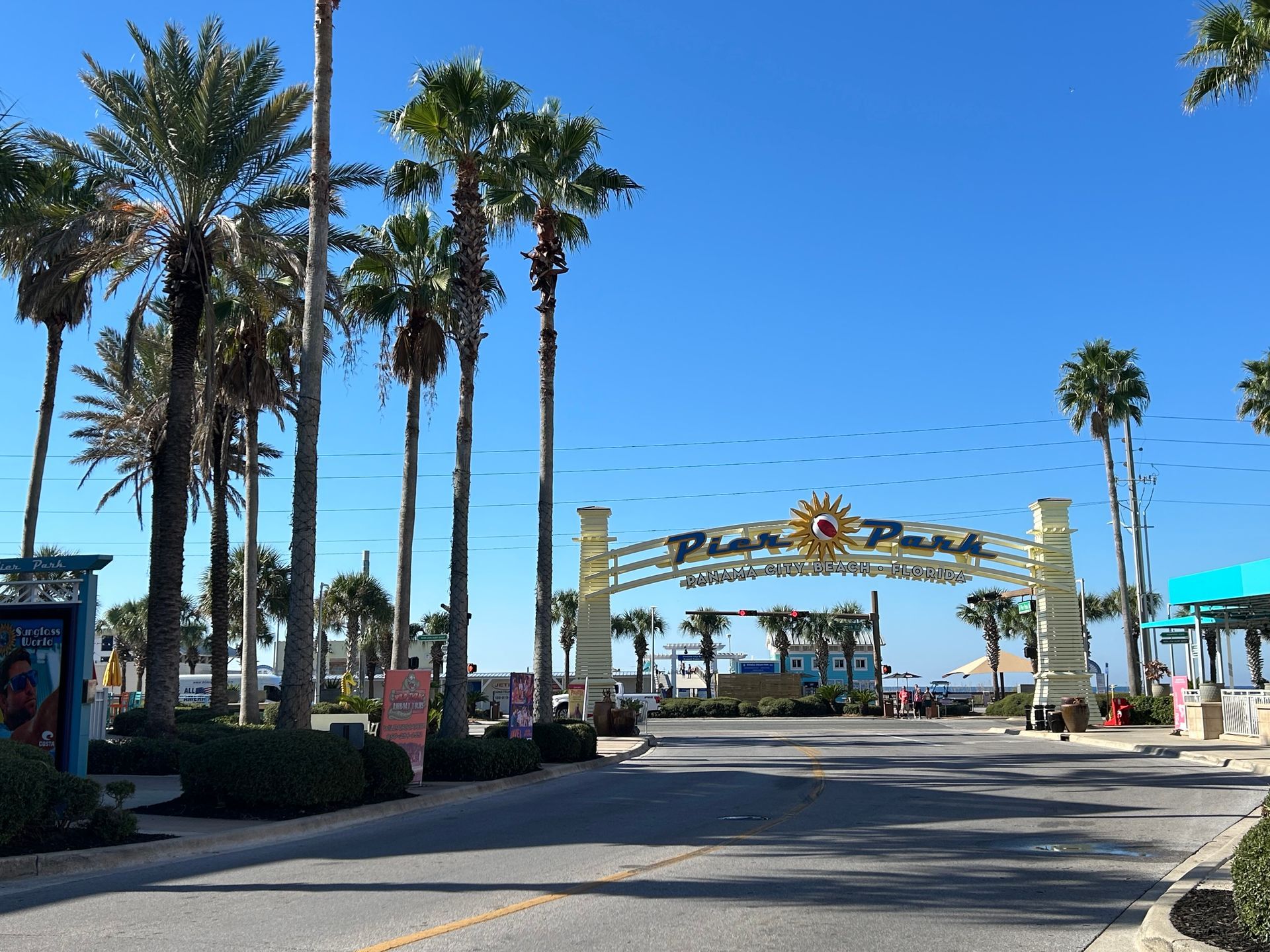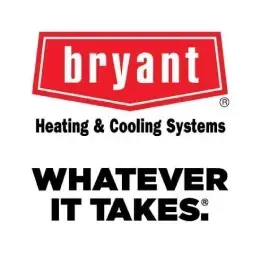KEEP YOUR LYNN HAVEN HOME MORE COMFORTABLE TODAY!

The historic beauty you will find in Lynn Haven has a downside: poor indoor air quality (IAQ) in older homes. From musty smells to mold, dated HVACs and Florida’s humidity set us up to be uncomfortable and unhealthy. You’ve Found the Right Place for a Healthy and Comfortable Home At A Superior Air Conditioning, our focus is making our Lynn Haven historic homes comfortable and safe for your family. Here’s how:
How Older Lynn Haven Homes Are Hindered By Air Quality Older Lynn Haven homes seem to be very complicating when it comes to protecting indoor air quality.
1. Inadequate Ventilation
Issues:
- Ductwork that is either the wrong size or leaking.
- Air leaks at windows/doors which allow outdoor pollutants inside.
- No kitchen/bathroom vent fans.
Outcome: Stale, stagnant indoor air.
2. Obsolete HVAC Systems
Issues:
- Filters dust, dander, allergens and more.
- Ineffective dehumidification leading to mold.
Outcome: Stuffy air and a consistently moist dampness.
3. Elevated Indoor Pollutants
Sources:
- Lead-based paint (pre-1978 homes).
- Asbestos in insulation or flooring.
- Carpets and furniture that are off-gassing VOCs.
Result: Long-term health risks of toxic exposure.
4. Uncontrolled Humidity
Issues:
- Window AC units not controlling moisture.
- Humidity levels exceeding 50–60%.
Result: Mold, dust mites, clamminess.
5 Remedies to Enhance IAQ in Historical Lynn Haven Residences
1. Upgrade Your HVAC System
Options:
- **High Eff Units**: SEER 16+ systems with advanced filtration.
- **Variable-Speed Motors**: Even airflow and reduces humidity.
- **Smart Thermostats**: Automatically control the temperature and humidity.
2. Enhance Ventilation
Strategies:
- Caulk or use weatherstripping to seal air leaks.
- Apply whole-house exhaust fans or heat recovery ventilators (HRVs).
- Install bathroom/kitchen exhaust fans to vent moisture and odors.
3. Add Air Purification
Technologies:
- HEPA Filters: Are capable to remove 99.97 percent of particles (above 0.3 microns).
- UV Germicidal Lights:Destroy mold, bacteria, and viruses in your ducts.
- Carbon Filters: Can remove VOCs and odors.
4. Control Humidity
Tools:
- Whole-House Dehumidifiers: Keep between 30 and 50 percent humidity.
- Hybrid HVAC Systems: Integrate cooling and dehumidification.
- Smart Sensors: Notify you of high humidity spikes.
5. Switch to Eco-Friendly Products
Tips:
- Paint with low-VOC paints and clean with non-toxic cleaning supplies.
- Swap carpets for hardwood or tile, which are less likely to trap allergens.
Case in Point: Making Over the IAQ of a 1940s Bungalow
The Problem
An older HVAC system and lack of ventilation in an historic front-porch Lynn Haven
home had resulted in mold, stale odors, and asthma attacks.
Our Solution
- Replaced with a **high efficiency HVAC** with HEPA Filter.
- Patched blowing air leaks and included ** whole-house exhaust ventilation **.
- What we did: Installed the **Whole Home dehumidifier** and the **UV Air Purifiers**.
The Results
- **30% lower energy bills**.
- Mold and musty odors are a thing of the past.
- The homeowner’s child had less severe asthma symptoms.
Why Select A Superior Air Conditioning for IAQ Upgrades?
1. Expertise in Historic Homes
- Restore and modernize with an eye on architectural integrity.
2. Comprehensive IAQ Strategies
- Tailor plans for ventilation, humidity and pollutants.
3. Energy-Efficient Upgrades
- Receive rebates on ENERGY STAR® systems.
4. Certified IAQ Specialists
- NADCA-certified professionals who have received training on the most current duct cleaning and HVAC restoration procedures.
FAQs: How to Improve IAQ in Older Homes in Lynn Haven
Q: What Does a Whole-Home IAQ Upgrade Cost?
A: The average project is between **\$3,000–\$7,000** depending on home size and
solutions.
Q: Can I improve my IAQ slowly over time?
A: Yes! We develop phased plans based on your budget and priorities.
Q: Are IAQ upgrades adding value to the home?
A: Absolutely. The modern HVAC and air purification are strong selling points.
Q: How frequently should IAQ systems be maintained?
A: Why Annual Maintenance is Required It ensures air quality and peak performance.
Keep Your Lynn Haven Home More Comfortable Today!
Make your vintage home a healthier haven with local IAQ solutions designed for you.
Call Now: (850) 258-3225
Free IAQ Consultation: [asuperiorac.com/lynn-haven-iaq](https://asuperiorac.com/lynn-haven-iaq)
Tell them “Lynn Haven IAQ” to Receive 10% Off Your Indoor Air Upgrades.
No more musty air, just fresher, healthier air!
A Superior Air Conditioning Company Blog





